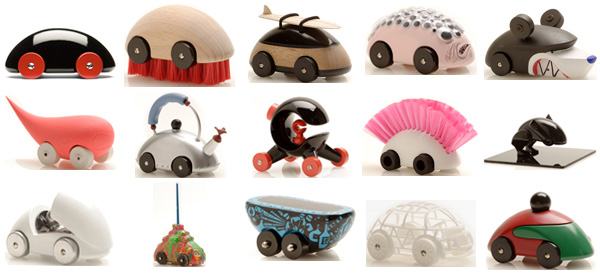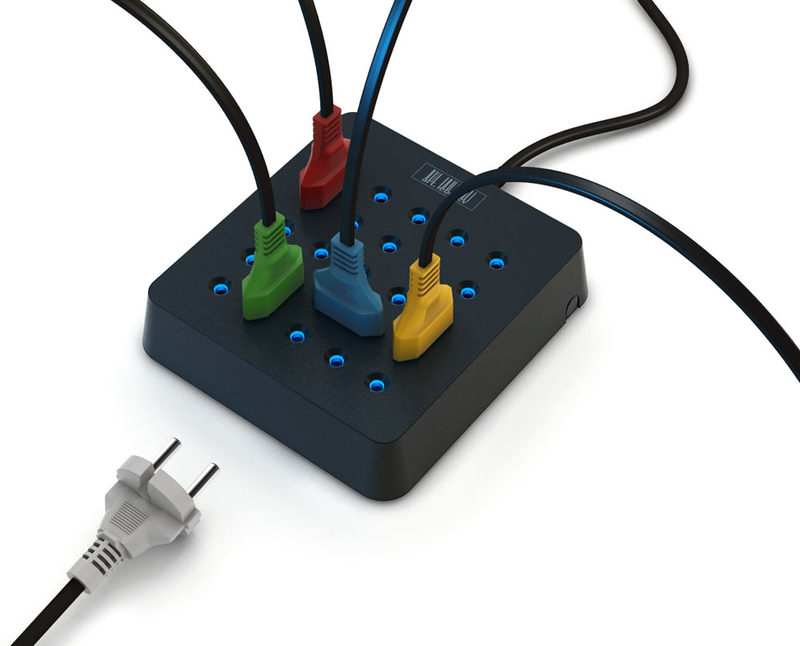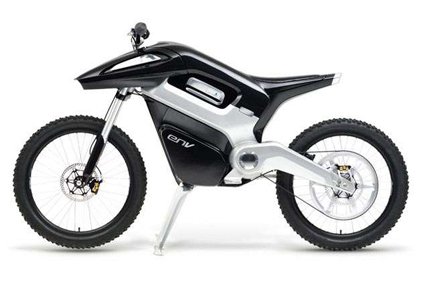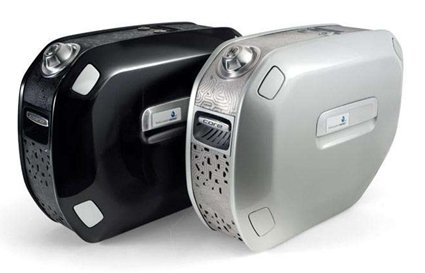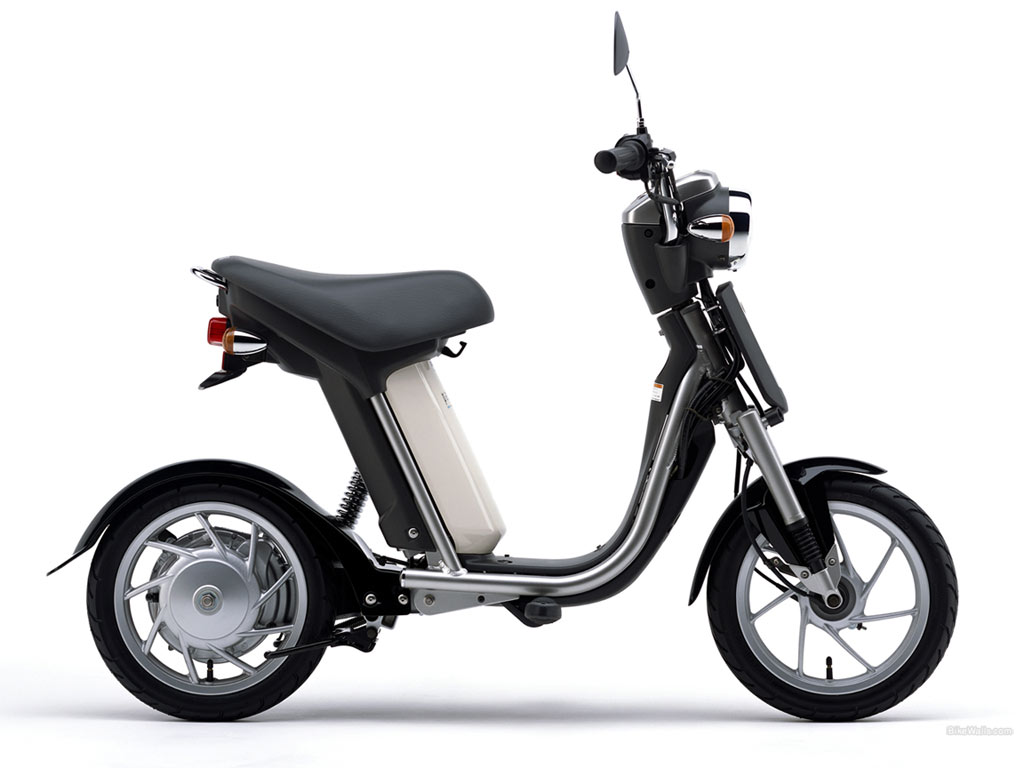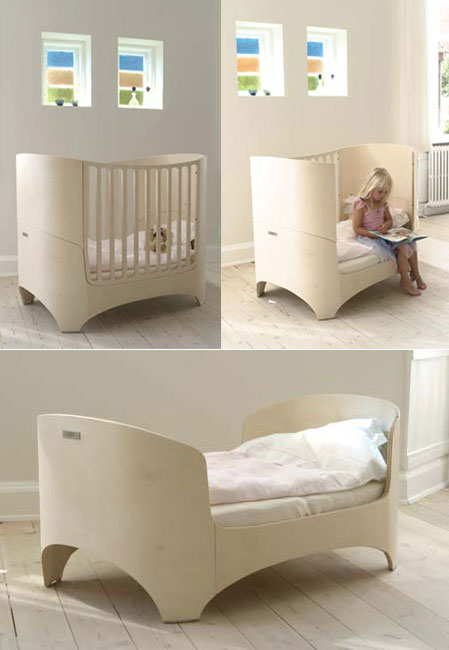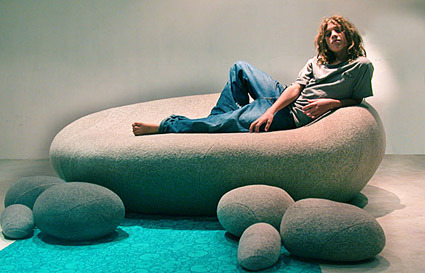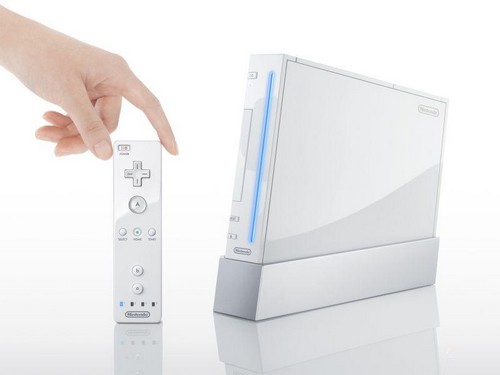
Before the Nintendo Wii was first released, I first came across a trailer for the game console Nintendo initially was referring to as the Revolution. It was an amazing example of innovation in the interface of video games. I had a classic moment of “why did I not think of that”.
To me, it was great design – giving the users a much more immerse and intuitive gaming experience. Gaming is about pretend-play, where one imagines oneself to be another character. So why should the controls be an array of buttons, when you can pretend it’s a wand, a tennis racket, or a light saber?
Searching for more information, and I observed that this is a clever approach. The Xbox360 and PS3 are geared for and compete for the increasingly difficult niche of hard-core gamers, the Wii aims for a different consumer instead – the casual or social gamers who’d play a game or two at leisure, or while doing chores. Nintendo avoids a head-on competition with its rivals. Moreover, concentrating on this market also means it does not need to spend resources on (expensive) ultra-realistic graphic cards and hardware, and so they are in a much easier position as compared to Xbox/PS3.
As the sale date drew closer, images of its design details emerged, and I became somewhat disappointed. The physical console itself seem to be a far cry from what it promised, especially as one inspects the details. It seemed ordinary, and mediocre. Perhaps this is due to the much lower price-point that they targeted. The plastic housing and buttons screams ordinary and cheap.
Expectation meets Reality
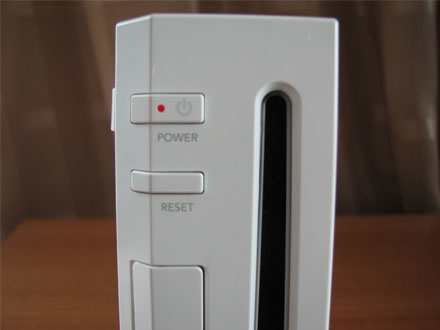
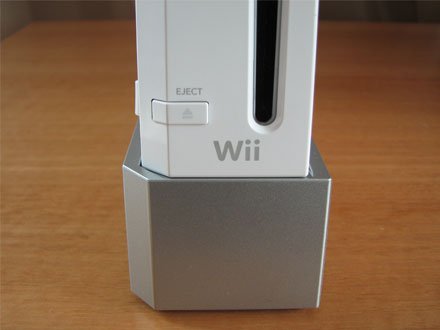
One could argue that during game play, no one pays attention to the console itself. It’s the game itself that is important. From an industrial design perspective, the console overall looks good – it looks well sculpted as it sits proudly in the cradle at an angle, with sleek proportions and simplicity. The let-down, however, is in some of the details such as the cables, the finishing and the buttons.
So in a way, the Wii console is a hallmark of good design – well thought out novel approaches to bring a new and exciting experiences to users, which is what design ideal is about. But I’m scrutinizing it extra hard, because I had set much higher expectations for it. Therefore when the physical product isn’t as astonishing as the experience of the game play, I find myself somewhat let down.
After two years of having all three consoles (Wii, Xbox and PS3) in my home with two teenagers and the third at 10, it is the Wii that gets the most play time.
